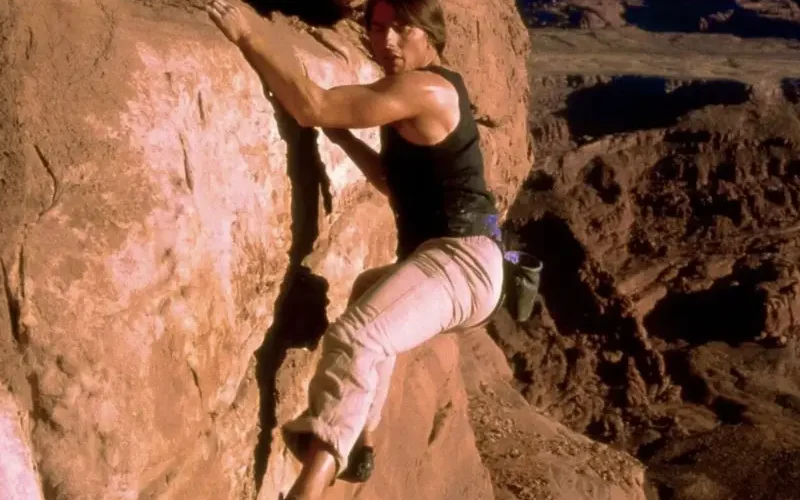These were my thoughts from yesterday. We all face moments of anticipation–those times when we’re waiting for something important, whether it’s a meeting, an event, or an outcome. Our patience can fray as we sit idly, waiting for the result we desire. It’s a feeling most of us know well: the restless energy that makes time stretch longer and the growing frustration of inactivity. The key, as many have observed, is to occupy ourselves during the waiting period. Engaging in tasks or distractions won’t change the speed of the outcome, but it can significantly lessen the anxiety of waiting.
This brings me to a broader thought today: how we approach challenges and tasks in life. There are often multiple paths to an end goal. Some routes are straightforward and efficient, while others are complex and challenging, with higher risks and more steps. But why do we, at times, choose the harder path when an easier one is available? Let’s explore this from both a psychological and practical standpoint.
The Challenge of the Hardest Path: A Mountaineer’s Perspective

Imagine you are part of a mountaineering club. Each member of the club is driven by the challenge of scaling peaks, whether they are in the Alps, the Himalayas, or any other great mountain range. But the journey to the summit is rarely simple. The same mountain can offer multiple routes–some more difficult and perilous than others. There’s a sense of prestige in conquering a mountain via its hardest path. Climbers who ascend the notorious north face of the Eiger or Everest earn their spot in the history books, pushing their mental and physical limits for the ultimate reward.
But then, imagine a different scenario. Suppose you are on that mountain, not for the glory of reaching the summit, but for an urgent SOS call–someone is gravely ill and needs immediate help. The goal isn’t to test your climbing abilities; it’s to get the patient down safely and quickly. In such cases, the most reliable and quickest way becomes the mission. The only option. No one would think to attempt a difficult route in a life-or-death situation. If possible, you would call an air ambulance, bypassing the need for a complicated descent altogether.
So, what is the difference? The context changes everything. The same mountain can be climbed for different reasons, and the choice of path depends on whether the objective is personal achievement or urgent necessity. In life, we face similar choices: do we take the hardest route for the sake of mastery, or the easiest for the sake of efficiency?
Problem Solving: Excel Challenges and the Mountaineering Analogy
This same dynamic plays out in the world of problem-solving, particularly in technical fields like management games and Excel challenges. On platforms like LinkedIn, every week, there are Excel challenges shared by experts such as Crispo Mwangi, Vijay Verma, Omid, and Oz du Soleil. These challenges are eagerly taken up by a talented group of problem-solvers, who frequently post their answers with pride. However, as someone observing these challenges, two things stand out to me.
First, the answers are often posted without an explanation of the thought process behind them. While the answers may work, they leave out the crucial journey from problem to solution. Understanding how someone arrived at an answer is key to learning, especially for those hoping to gain insight into solving similar problems in the future.
Second, there is often an apparent competition among these highly skilled individuals to come up with the most complex, challenging solution. It reminds me of the mountaineers choosing the hardest path for the sake of the challenge. In these Excel challenges, the more difficult solutions often involve more moving parts, more risk of failure, and fewer people who can understand or replicate them. It begs the question: why choose the hardest way when simpler solutions exist?
Efficiency vs. Complexity: Why Do We Choose the Hard Way?
In problem-solving, as in mountaineering, choosing the hard way can be a test of skill, creativity, and perseverance. Some individuals enjoy the intellectual stimulation of solving a problem with complexity, much like a mountaineer takes pride in climbing the most difficult route to the summit. It’s a way to push the limits of what they know and what can be done, sometimes uncovering new methods or innovations in the process.

On the other hand, there is immense value in simplicity and efficiency. The easiest way–much like the air ambulance in our mountaineering analogy–gets the job done quickly and reliably. In many cases, this should be the default approach, especially when the stakes are high, and the need for results is immediate.
In the context of the Excel challenges, it would be fascinating to explore whether the complex solutions presented are born out of necessity or preference. Did the participants arrive at their answers through a logical thought process, starting from a principle or problem? Or did they begin with a feature or formula, trying to mold the problem to fit the tool? In this exploration, we could discover whether there’s some hidden insight in the difficult solution that we all can learn from, or whether, in some cases, a simpler approach may have been overlooked.
The Value of Simplicity in Complex Systems
We often admire complex, intricate solutions, much like we admire mountaineers who take on the hardest routes. However, in many cases, the simplest solution–the one with fewer steps, less risk, and more reliability–can be more effective. In systems design, business decisions, and life-or-death scenarios, choosing the quickest and easiest route often leads to greater success and less cost. And leads to greater and new opportunities.
Ultimately, the key is understanding the context and making informed decisions about which path to take. There are times when the hardest way may lead to breakthroughs and innovation. Other times, simplicity is the better choice, offering a clear path to success with fewer risks.
So, next time we face a challenge, whether it’s climbing a mountain, solving an Excel problem, or making a business decision, we should ask ourselves: Are we seeking a challenge for personal glory, the trophy, or do we need to find the most efficient, reliable way to our goal? The answer will shape the path we choose.
And, ultimately, whether the path we choose aligns with the goals of our customers, bosses, their bosses, will decide whether we win or lose.
You have been listening to a podcast by Hiran de Silva. Read by Bill.




Add comment